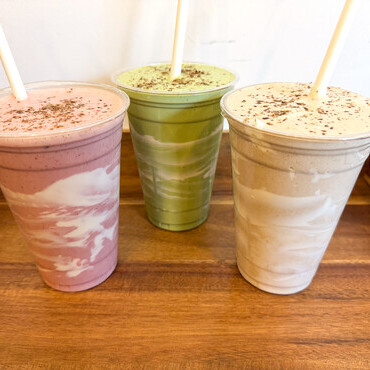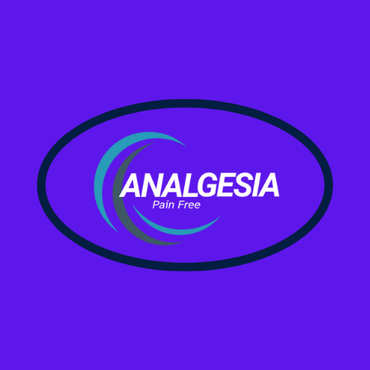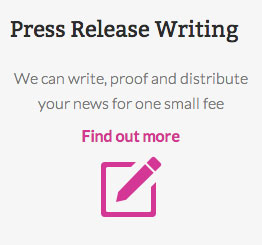How to optimise press release headlines for maximum visibility and media pickup

The headline of any document is the first string of content a potential visitor will view. Essentially, this means it must be eye catching, relevant and compelling to help draw the reader in. In addition, it is worthwhile to remember optimising your title, not only for your readers, but also for search engines. Consider having a keyword present, as this will benefit your press release within search engine results, improve conversion rates, and thus increase the widespread success of the article.
It takes minimal research to obtain the knowledge of how the use the right combination of keywords within your page title using keyword tools, or perhaps even a thesaurus. The rewards, however, can make it worthwhile, as it will improve your click through rates.
Combining Generic and Longtail Keywords for a Happy Medium
An effective method commonly used for page title optimisation is to use both generic and long tail keywords. Combining a mixture of both helps target a multiplicity of customers looking for specific, targeted information.
Generic keyword examples: "press" "news" "pr" "media" "source" "and" "wire".
Long tail keywords examples: “public relations in Manchester” “media sources in London” “News wires in the UK”.
Long tail keywords are more suited toward customers who are at the end of the buying cycle and most likely to convert. These customers have researched the product itself and have their payment details ready to make the purchase.
Positioning your chosen primary keyword(s) at the beginning of the page title is not only plausible, but it also displays the relevance of the keyword.
The English language is readable from left to right. Keywords at the beginning of text are read before the ones included at the end. If a keyword is situated toward the end of the title, search engines may consider them less relevant.
Unique Headlines
Use the simple technique of a Google search to ensure that your press release headline is unique, and has never before been used. Search engines do not favour duplicate content. It is of no benefit to the user and will be de-ranked.
Using other website headlines for inspiration is fine, but copying it word for word is useless and will offer no benefit. It may even negatively impact on your website. In layman's terms, your website could be removed from search engines, as it may be considered spammy by Google, and other relevant search engines.
Search engines rely on original content to index, and a good page title is one of the main methods that a search engine uses to calculate the keyword and its relevance, so ensure that the headline is structured properly.
Making the Most of Your Brand Within the Headline
Brands are not only unique, but also authoritative. Some even have a cult like following with customers. Adding your brand name into the headline is worthwhile for two reasons. Firstly, you will notice indexed results from your article content, and secondly, your brand will gain recognition within search engine results.
Do Not Over Optimise Release Headlines With Keywords
As a final note, make sure that your page title makes sense. Try to avoid stuffing the title with too many unnecessary keywords. Search engines are limited to the number of characters they can display in index results, and filling the title with the same keyword can have a negative impact on SEO. Search engines are complex in nature, and their smart technology can easily detect content strings that use black-hat techniques. We strongly advise against such behaviour, as it causes more harm than good.
Examples of Good and Bad Press Release Titles
Listed below are two examples of good and bad headlines, both of which show how you can optimise your press release titles.
Example 1:
Bad example: PR Event in Manchester.
Good example: BRAND NAME Launches Exciting PR Event Aimed at Manchester businesses.
Good example 2: PR Networking Event for Small Businesses Being Held by BRAND NAME.
Example 2:
Bad example: Valentines Day Competition Announced.
Good example: BRAND NAME Announces Spooky Valentines Day Competition.
Good example 2: A spooky Valentines Day Competition is Launched by BRAND NAME.
Varying Keywords With Synonyms and Thesaurus Tools
Rather than stuff headlines with the same keyword, a simple yet effective way to optimise your titles is to vary your keywords with synonyms. One of the easiest ways to find synonyms that Google understands is too use the "keyword" search function.
For example, if your main keyword is "hotel", consider using alternative words like "accommodation" "lodging" "B&B" "Tourism" "housing" and "hotel rooms", amongst others.
Repeating the same keywords can become boring for the reader, and may even flag your content as spam by the search engines.
Further Headline Techniques and Tips
Here are some tips and techniques you can use for writing catchy and compelling headlines:
Alliteration - Repeating initial consonant sounds. Many popular brand names use this technique to help make the title appear more memorable, and examples include Coca Cola, Krispy Kreme, and American Apparel. It is also used in phrases and quotes, including ‘As Busy as a Bee’ and ‘Good as Gold’.
Rhyme bounty - The Boundless Bower Bows, The Quicker Picker-Upper.
Paradox - A contradiction that could be true. You can eat a bag of sweets, but the bag will still be full, or War is Peace, as two examples. Using a paradox helps to attract potential readers, and makes people think.
Puns - Puns are not only humorous, but also catchy. For example, "I tried to record an album in a reptile shop, but there was a terrible gecko".
Useful tools - http://www.rhymezone.com/ is an excellent tool for generating synonyms and keywords perfect for headline optimisation.
If you truly want to push the limits of your press release, why not look at our free Optimising The Press Release Content Guide.







